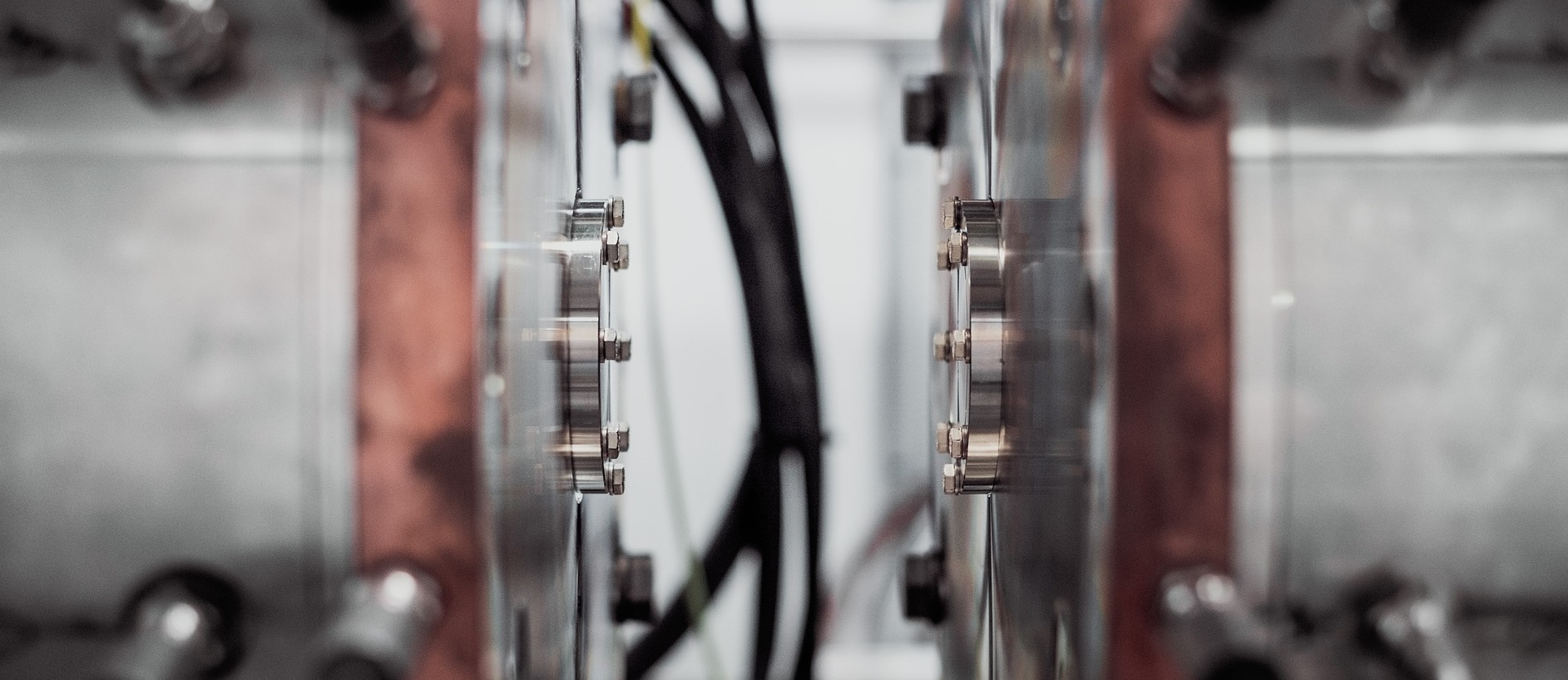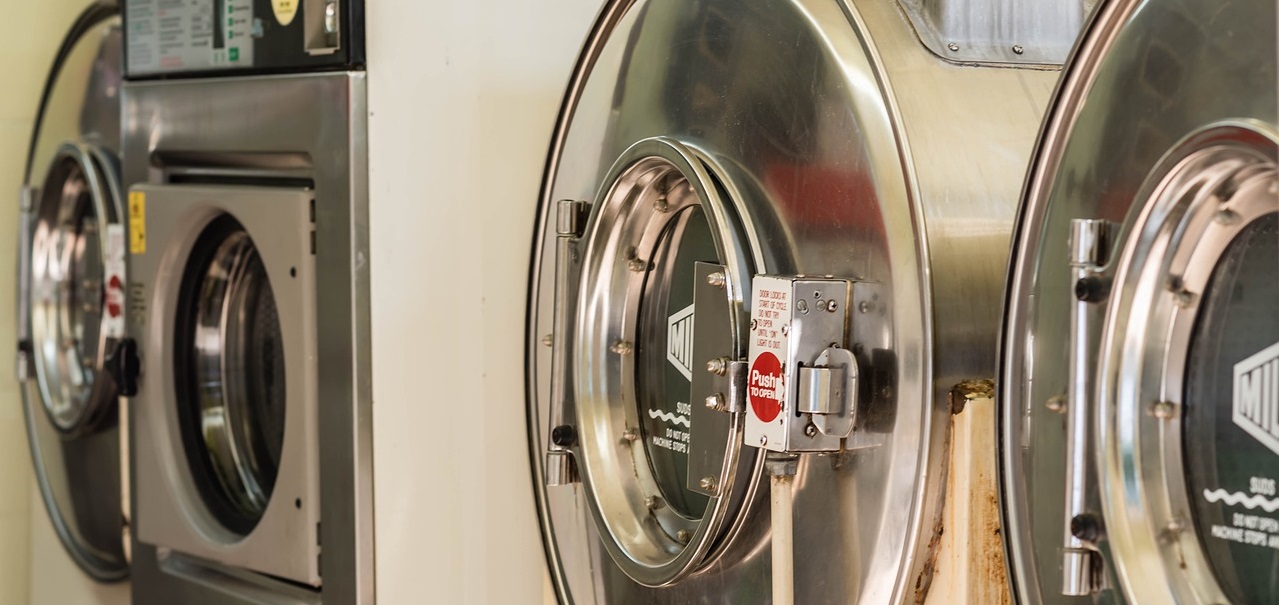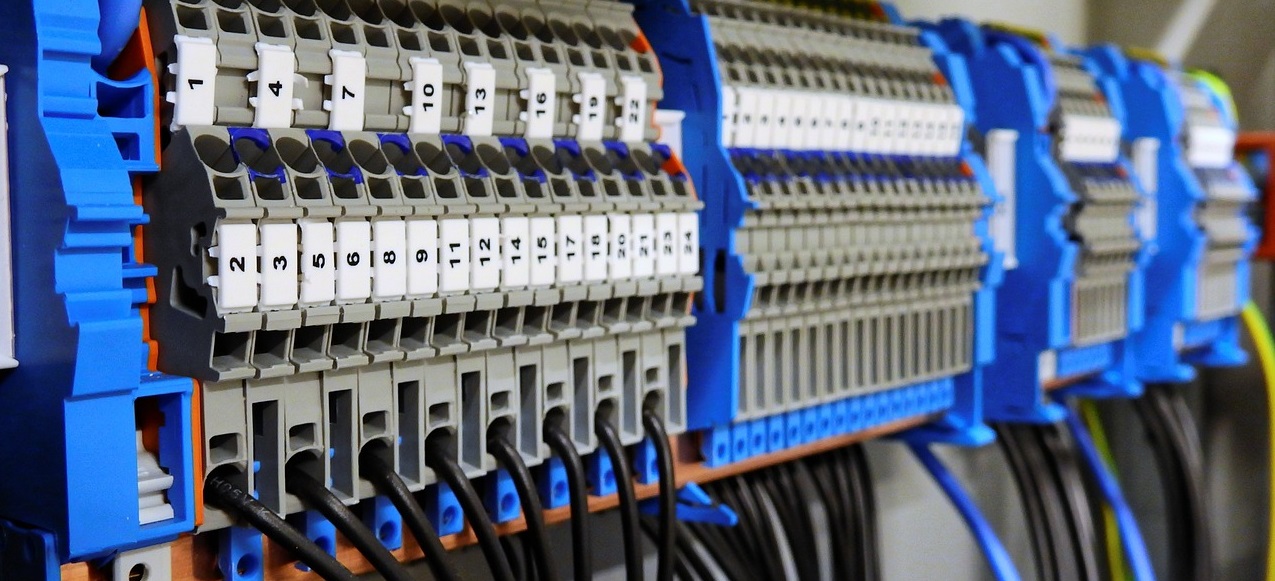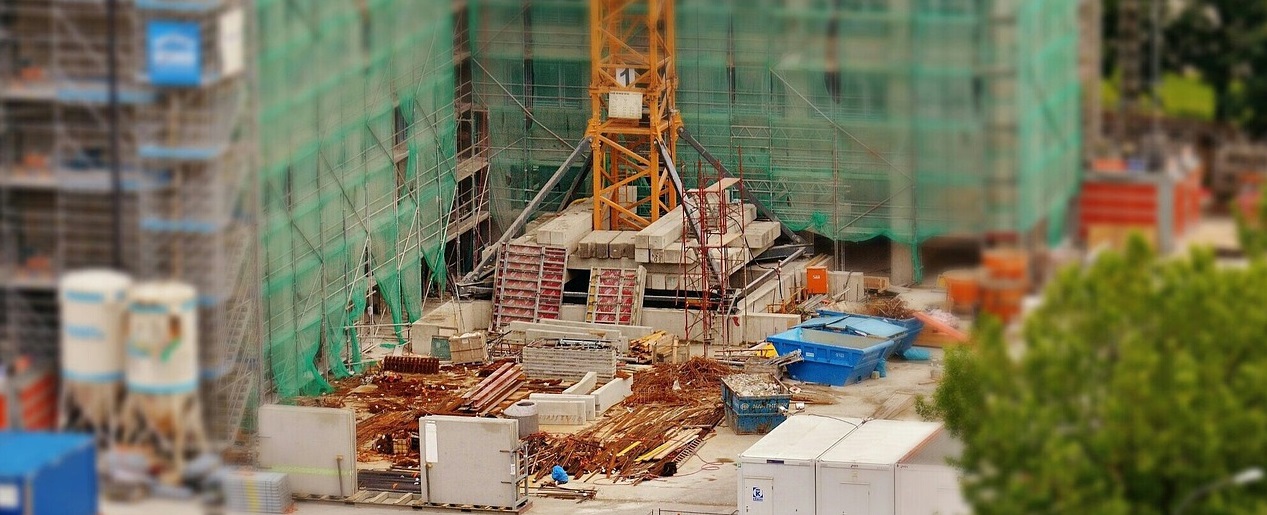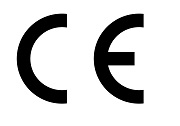Pressure Equipment Directive (PED) 2014/68/EU
High-pressure equipment can pose an increased risk. For this reason, the EU adopted Directive 2014/68/EU of the European Parliament and of the Council of 15 May 2014 on requirements for pressure equipment (Pressure Equipment Directive PED).
The purpose of this directive is to ensure that pressure equipment in circulation within the EU complies with standards and is so designed and manufactured as to ensure the safety and protection of life and health of persons, animals, property and the environment.
Directive 2014/68/EU defines the safety requirements for pressure equipment throughout the EU and the European Economic Area.
Only pressure equipment which fully complies with the requirements of Directive 2014/68/EU and which guarantees safety in the cases of reasonable and intended use shall be made available on the EU market. It is compulsory for such equipment to be marked with the CE marking.
It is the responsibility of all those involved in the sale of the equipment: the manufacturer, the importer and the final retailer, who must ensure at every stage that the equipment complies with the prescribed standards.
Scope of Directive 2014/68/EU
Equipment and assemblies manufactured in the EU and equipment imported into the EU fall within the scope of Directive 2014/68/EU. Pressure equipment is defined as any equipment operating at a maximum permissible pressure of more than 0.5 bar. Equipment designed to operate at lower pressures is considered safe and does not require certification for compliance with Directive 2014/68/EU, but may require certification under other directives.
The following products are covered by Directive 2006/42/EC:
Pressure equipment means: vessels, boilers, tanks, pipelines, safety components, components of pipelines such as: fittings and couplings, spigots, flanges, supporting structures, as well as pressurised assemblies.
Directive 2014/68/EU does not apply to:
Pressure Equipment Directive 2014/68/EU does not apply to the transport of dangerous goods under Directive 2008/68/EC or to transportable pressure vessels falling under Directive 2010/35/EU (Transportable Pressure Equipment Directive TPED).
Also excluded from the scope of Directive 2014/68/EU are:
-
Pipelines for the transport of fluids
-
Sewer and pipe networks
-
Simple pressure vessels covered by Directive 2014/29/EU
-
Aerosol canisters covered by Directive 75/324/EEC
-
Equipment and machinery used in transportation covered by Directive 2007/46/EC
-
Equipment specifically designed for use in nuclear power plants
-
Well control equipment for oil and gas extraction
-
Motors and turbines
-
Steam machines and turbines, turbine generators, pumps
-
High voltage equipment casings and electrical cables
-
Ships, missiles, aircraft
-
Balls and vessels with plastic casings (balls and inflatable boats)
-
Exhaust pipes
-
Bottles and packaging for carbonated drinks
-
Heating radiators
The Pressure Equipment Directive is only applicable to components and sub assemblies. It is not applicable to the assembling of pressure equipment on-site while under the supervision and responsibility of the user, as in industrial installations.
Other exclusions include equipment of military use, and equipment used in transportation. Also excluded is equipment portraying a very low potential of danger from pressurization but which falls within the range of another CE mark directive, like the Machinery Directive.
Declaration of Conformity PED (contents)
The basic layout and content of a Declaration is common for all directives, but may differ slightly per each directive.
The following is required by most of the directives:
-
Name and full business address of the manufacturer or the representative authorized to issue the Declaration.
-
An identification number of some sort. This number could easily refer to the serial number, product number, model or type.
-
A Declaration statement, stating that the Declaration is issued under the manufacturer
-
The name, address and identification number of the Notified Body which carried out the conformity assessment procedure
-
The relevant legislation complied with; standards used, with dates and amendments specified
-
Identity and signature of an authorized person
-
The date the Declaration was issued
Technical Documentation
Directive 2014/68/EU requires technical documentation to be established by the manufacturer. The technical document is instrumental in the assessment of the conformity of the said appliance with the Directive’s requirements.
The technical document must contain the following elements:
-
description of the pressure equipment
-
abstract design, manufacturing drawings, diagrams of components, sub-assemblies, circuits, etc.
-
descriptions, explanations which are necessary to understand the drawings and diagrams as well as the operation of the pressure equipment
-
list of the harmonised standards
-
results of design calculations and examinations
-
as well as test reports
CE Marking according to Pressure Equipment Directive (PED) 2014/68/EU (Ref. Article 19 - Rules and conditions for affixing the CE marking):
Pressure equipment and assemblies should, as a general rule, bear the CE marking. The CE marking, indicating the conformity of pressure equipment or assemblies, is the visible consequence of a whole process comprising conformity assessment in a broad sense. General principles governing the CE marking and its relationship to other markings are set out in Regulation (EC) No 765/2008.
-
The CE marking shall be affixed visibly, legibly and indelibly to any of the following:
-
each item of pressure equipment referred to in Article 4(1) or its dataplate;
-
each assembly referred to in Article 4(2) or its dataplate.
Where the affixing of the CE marking is not possible or not warranted on account of the nature of the equipment or assembly, it shall be affixed to the packaging and to the accompanying documents. The item or assembly referred to in points (a) and (b) of the first subparagraph shall be complete or shall be in a state permitting final assessment as described in point 3.2 of Annex I.
-
-
It is not necessary for the CE marking to be affixed to each individual item of pressure equipment making up an assembly. Individual items of pressure equipment already bearing the CE marking when incorporated into the assembly shall continue to bear that marking.
-
The CE marking shall be affixed before the item of pressure equipment or the assembly is placed on the market.
-
The CE marking shall be followed by the identification number of the notified body, where that body is involved in the production control phase. The identification number of the notified body shall be affixed by the body itself or, under its instructions, by the manufacturer or his authorised representative. L 189/186 Official Journal of the European Union 27.6.2014 EN
-
The CE marking and, where applicable, the identification number referred to in paragraph 4 may be followed by any other mark indicating a special risk or use.
-
Member States shall build upon existing mechanisms to ensure correct application of the regime governing the CE marking and shall take appropriate action in the event of improper use of that marking.
CE marking process for the European market
In addition to the general CE marking, the pressure equipment must be additionally marked, as required by Directive 2014/68/EU:
-
Year of manufacture
-
Information enabling identification of the equipment - serial number
-
Information about the approved parameters of use
-
Volume
-
Pressure
-
Voltages consumed
-
Area of application
-
Weight and dimensions
-
Substances used
EU Authorised Representative
If a manufacturer is situated outside the territory of the European Community, he must appoint an authorized representative registered in the European Union in order to issue a declaration of conformity or to affix a CE mark of conformity to the pressure equipment.
In addition to providing a complete range of services with regards to certification and declaration of conformity of products according to the requirements of Directive 2014/68/EU CCIS-EXPERTISE also delivers a service of an authorized representative in the European Union.
The declaration and certification procedure of products according to the Directive 2014/68/EU
Depending on the degree of risk, all pressure equipment is divided into 4 hazard classes in accordance with Annex II of Directive 2014/68/EU. The hazard class depends on the volume, the maximum pressure and the application of the equipment.
Depending on the hazard class, 13 different conformity assessment options are available and these are defined in Annex III. The conformity assessment is carried out on the basis of the modules laid down in European Parliament Decision No 768/2008/EC of 9 July 2008.
Procedures involving both internal manufacturer control for the safest Class I equipment and full quality control with external product verification by a notified laboratory for Class IV equipment are possible.
Statutory reference
Directive 2014/68/EU (PED) on the safety of pressure equipment was adopted on 15 May 2014 and has been in force since 19 July 2016 in order to harmonise national legislation in the EU, thus replacing the former EU Pressure Equipment Directive 97/23/EC of 29 May 1997.
Full text of the Pressure Equipment Directive 2014/68/EU (PED)
CCIS-EXPERTISE specialists will help you to:
-
identify directives and standards that apply to your products;
-
prepare and evaluate the technical file;
-
the technical translation of all relevant documentation and drawings;
-
determining the cost of certification work;
-
carrying out all procedures of the European certification process;
-
conducting tests of any complexity in accredited European and national laboratories
-
the preparation of the declaration of conformity;
-
provision of an authorized representative of your company in the EU;
-
registration of CE marking of your products.





